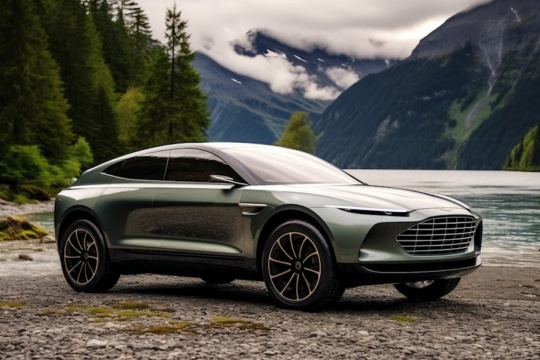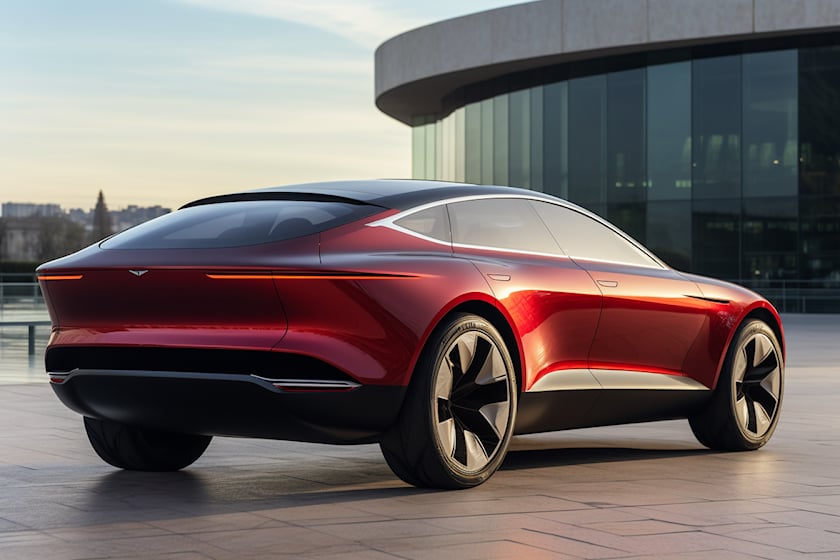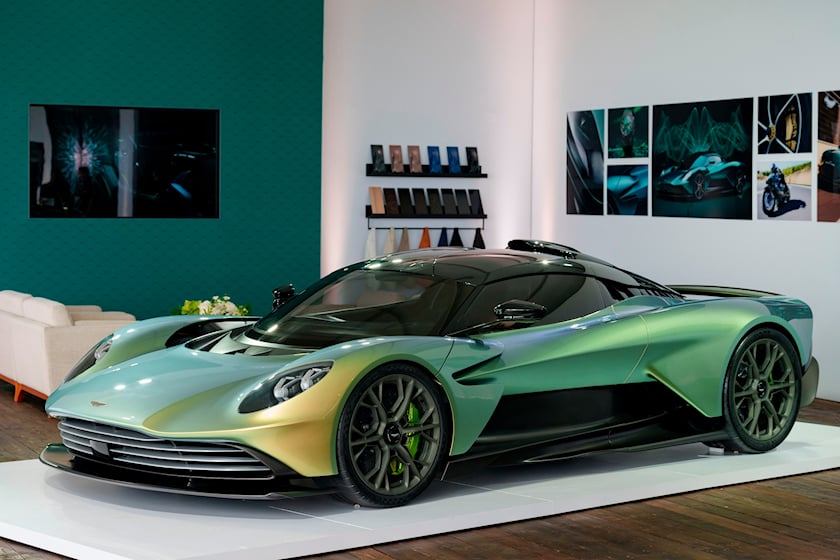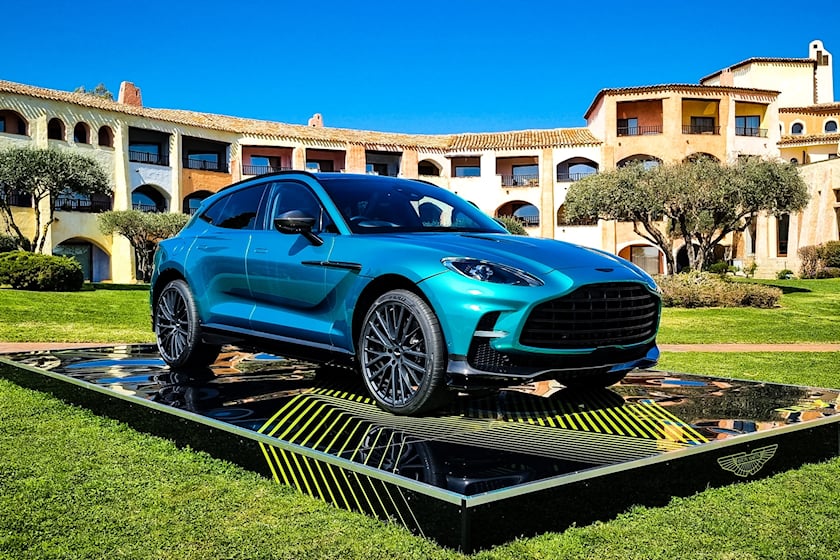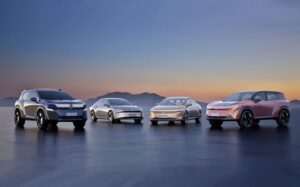During Aston Martin’s recent capital markets day for investors, the luxury automaker unveiled new details about its future products, placing a strong emphasis on electrification and the quest to make electric vehicles thrilling. Chief Technology Officer Roberto Fedeli revealed that Aston Martin’s First Electric Vehicle will feature a quad-motor setup, including a twin-motor design for the front axle, which will be similar to the configuration seen in the forthcoming Valhalla model.
Fedeli expressed admiration for the size and suitability of Lucid’s components, stating, “A characteristic that we like very much about Lucid’s components is the size. The size of the component is very well suited to our platform.” He further explained that Aston Martin aims to create electric cars with a roof height slightly lower than that of the Vantage, highlighting their commitment to maintaining a sporty and sleek design.
The insights shared during the capital markets day showcase Aston Martin’s dedication to embracing electric technology while preserving the brand’s distinctive and dynamic character.
To achieve their goals, Aston Martin is exploring innovative battery packaging methods that deviate from the traditional sandwiched floor approach. Instead, they aim to distribute battery modules throughout different parts of the vehicle, a possibility made feasible by leveraging Lucid technology. Lucid’s CEO and CTO, Peter Rawlinson, highlights the power density of their drive units, which are compact enough to fit in a carry-on suitcase. He explains that while Hyundai achieves 1.1 horsepower per kilogram and a Tesla Model S Plaid reaches around 3.9 hp per kg, Lucid boasts an impressive 9 hp per kg, more than doubling the performance. Furthermore, Rawlinson indicates that their racing power unit is on track to achieve an exceptional 17 hp per kg, reflecting their forward-looking approach.
The collaboration between Aston Martin and Lucid demonstrates the latter’s capability to provide advanced technology to esteemed legacy automakers. This successful partnership is likely to inspire other original equipment manufacturers (OEMs) to seize the opportunity and tap into Lucid’s expertise in the near future.
Expanding on the quad-motor setup, Fedeli draws a comparison between four-wheel torque vectoring in an electric vehicle and its distinction from a vehicle like the DBX707. While the attention-grabbing aspect may be the horsepower figure, it is the modifications to the suspension, chassis, and torque vectoring that truly differentiate it from the standard DBX. Auto Express inquired whether this comparison was significant and if Aston Martin’s First Electric Vehicle would be an SUV, to which Fedeli affirmed.
“Our aim is to have the first mule running at the start of next year, representing the platform. The most complex model we plan to develop on this platform must be on the road by the beginning of next year,” explained Fedeli. “By the end of summer, we will have the complete powertrain on the test bench. We completed the concept phase of the platform last year, and this year we are finalizing it, followed by the commencement of testing.”
Furthermore, Aston Martin emphasized that Formula 1 will continue to have an impact on future models, extending even to aerodynamic advancements. Fedeli shared insights on their ideas for optimizing aerodynamics, stating, “We have some concepts involving manipulating the airflow at the rear of the car to minimize drag as much as possible. Our goal is to achieve a 50% reduction in drag, which is crucial to avoid adding excessive weight due to the energy required for range.”
While Aston’s initial foray into electric vehicles will be an SUV, these innovative aerodynamic aids will also be incorporated into other electric products. The airflow management techniques will redirect the air from the front of the vehicle, expelling it at high velocity from the rear to disrupt the vortex, resulting in a significant reduction in drag, as explained by Fedeli.
In combination with Pirelli’s advanced Cyber Tyre technology and Brembo’s innovative electronically controlled caliper pistons that minimize drag, Aston Martin aims to produce electric vehicles that are remarkably power-dense, lightweight, and efficient. These developments will optimize both power consumption and aerodynamic performance, ensuring a compelling fusion of power and streamlined airflow.

